A jump starter, also known as a battery booster or jump box, is a portable device used to jump-start a vehicle with a dead or discharged battery. It provides a temporary power source to start the engine, eliminating the need for another vehicle or jumper cables. Here are some important things to know about jump starters:
Portable Power Source: A jump starter is designed to be a compact and portable power source that you can easily carry in your vehicle. It typically consists of a battery, cables with clamps, and various safety features.
Power Capacity: Jump starters come in different power capacities, typically measured in peak amps or cranking amps. The higher the amp rating, the more powerful the jump starter, allowing it to handle a wider range of vehicles.
Compatibility: When purchasing a jump starter, ensure that it is compatible with your vehicle's battery type (e.g., lead-acid, AGM, or lithium-ion) and that it has the necessary voltage and amp rating to jump-start your specific vehicle.
Jump Starter
Safety Features: Jump starters usually have built-in safety features to protect against short circuits, reverse polarity, overcharging, and over-discharging. These safety features help prevent damage to the jump starter and ensure safe operation.
Multi-functionality: Many jump starters have additional features that make them versatile tools. These can include USB ports for charging electronic devices, built-in flashlights, emergency flashing lights, and even air compressors for inflating tires.
Battery Life: Jump starters have their own internal battery, which requires periodic charging to maintain its readiness. It is important to follow the manufacturer's instructions regarding charging intervals and procedures to ensure that the jump starter is fully charged when needed.
Usage Precautions: When using a jump starter, it is important to follow proper safety precautions:
Read the instruction manual: Familiarize yourself with the jump starter's specific operation, safety guidelines, and limitations.
Properly connect the clamps: Ensure that the positive (+) and negative (-) clamps are securely connected to the correct battery terminals, avoiding any metal-to-metal contact between the clamps.
Follow the correct sequence: Start by connecting the positive clamp to the positive terminal of the dead battery, then connect the negative clamp to a grounded metal surface away from the battery. Do not connect the negative clamp directly to the negative terminal of the dead battery.
Allow time to charge: After connecting the jump starter, allow it to charge the dead battery for a few minutes before attempting to start the engine.
Disconnect properly: Once the engine has started, disconnect the jump starter from the vehicle's battery in the reverse order of connection.
Maintenance: Regularly check the jump starter for any signs of damage, such as frayed cables or cracked housing. Keep it clean and stored in a cool, dry place. Follow the manufacturer's recommendations for battery maintenance and replacement.
Having a jump starter in your vehicle can provide peace of mind, especially in case of unexpected battery failure. Familiarize yourself with your jump starter's features and operation before an emergency arises to ensure a smooth and safe jump-starting process.
For more information, please contact us. We will provide professional answers.
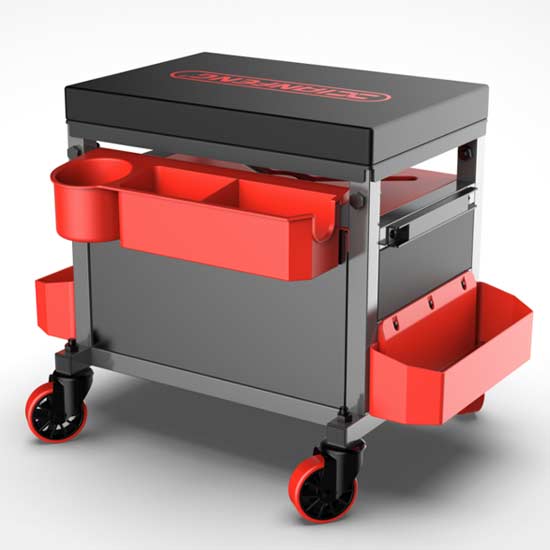 Tool seat
Tool seat
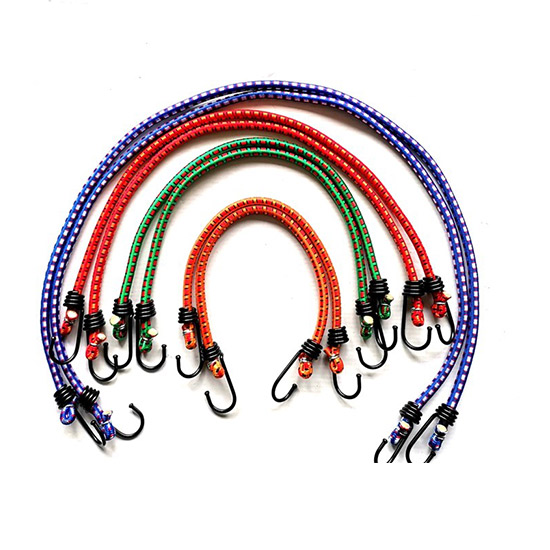 Stretch Cord
Stretch Cord
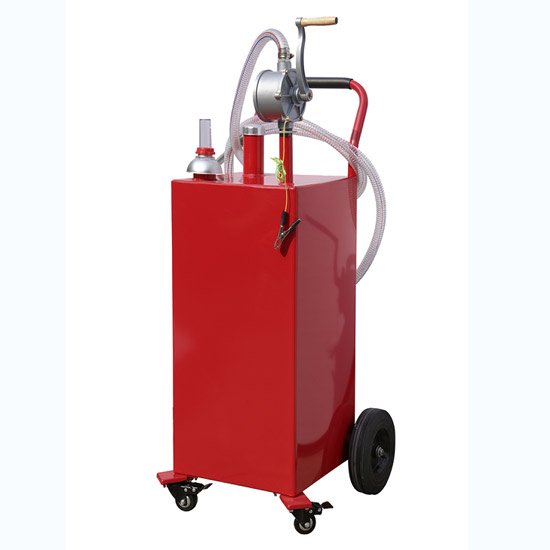 Oil Pump
Oil Pump
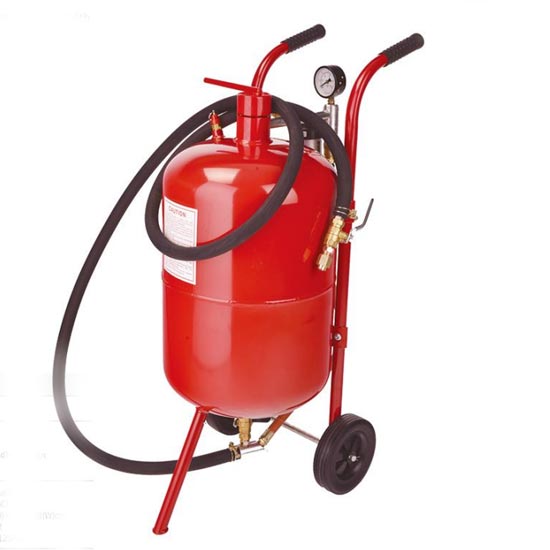 Sandblast Pot
Sandblast Pot
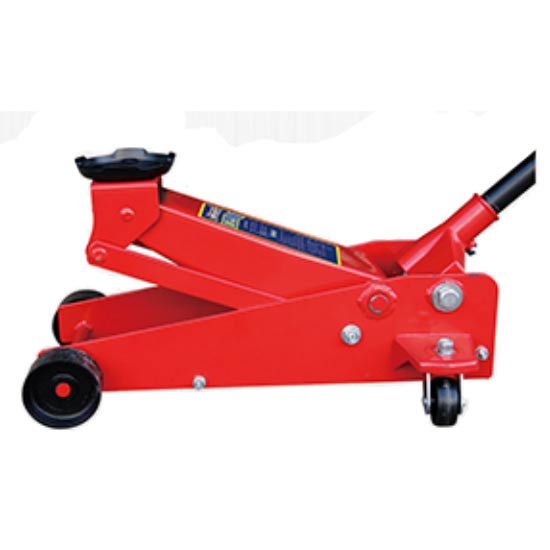 2.25 Ton Hydraulic Floor Jack
2.25 Ton Hydraulic Floor Jack
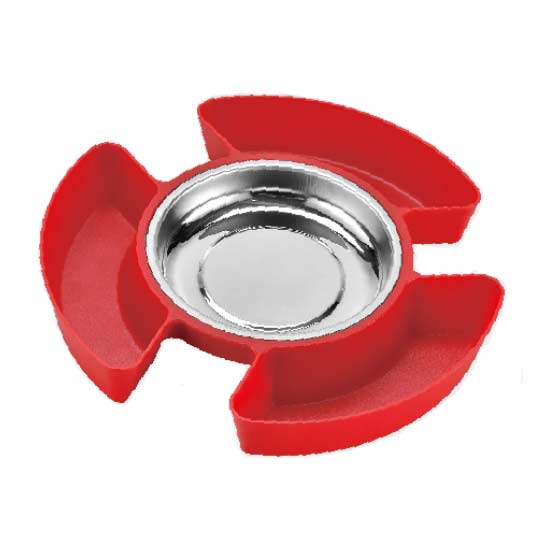 Magnetic Tray With Tool Plate
Magnetic Tray With Tool Plate
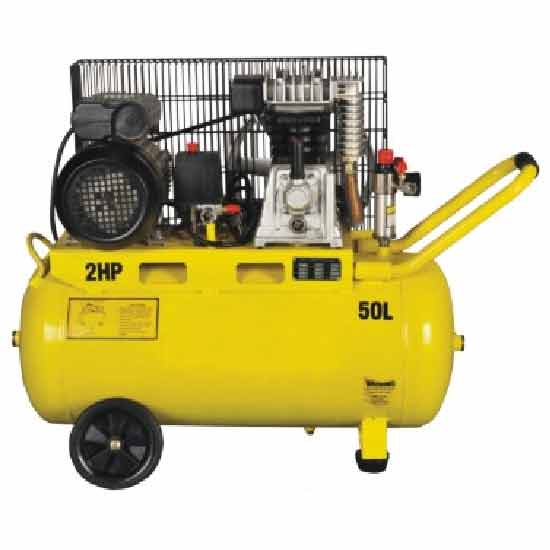 Single-stage Air-cool Movable Air Compressor
Single-stage Air-cool Movable Air Compressor
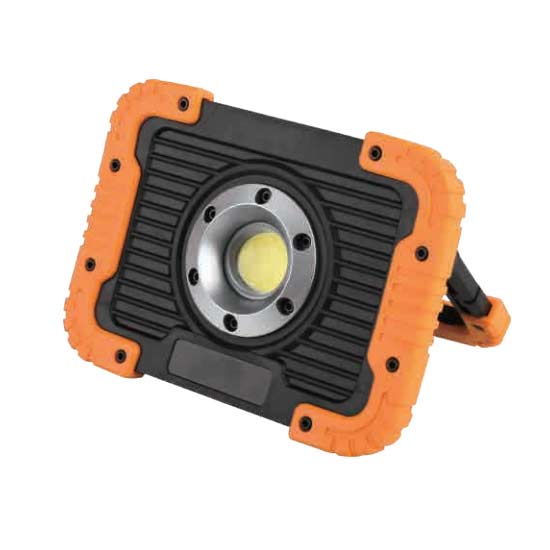 10W Rechargeable Led Flood Light
10W Rechargeable Led Flood Light
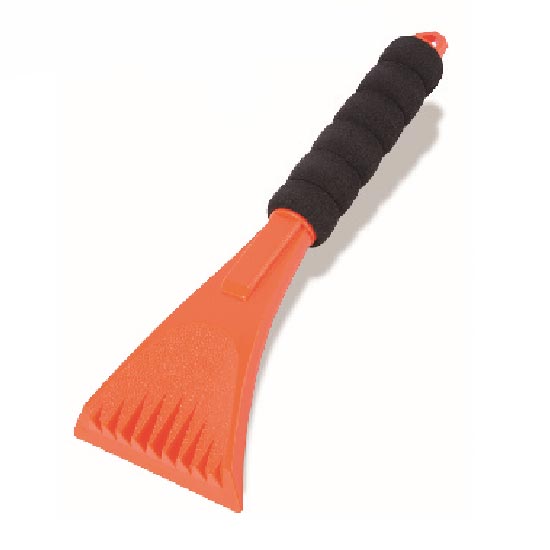 Ice Scraper
Ice Scraper
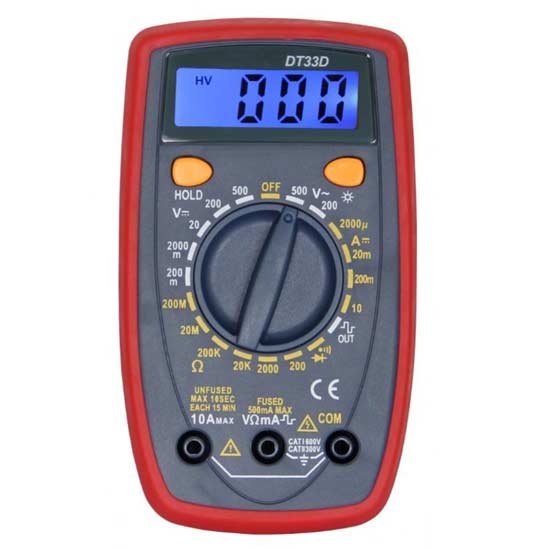 Small Multimeter with Backlight
Small Multimeter with Backlight
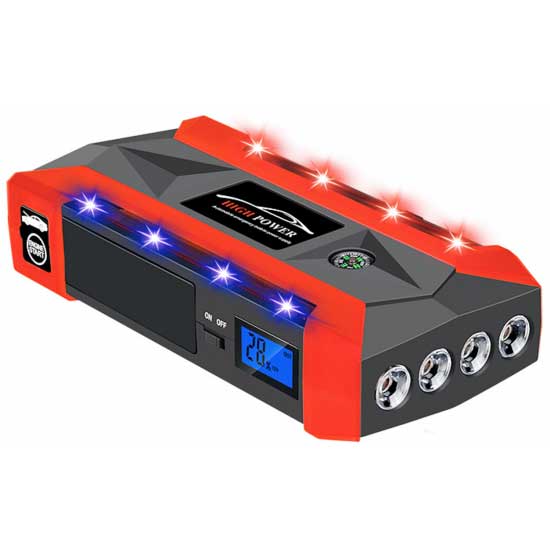 Jump Starter With 4 Led Lights
Jump Starter With 4 Led Lights
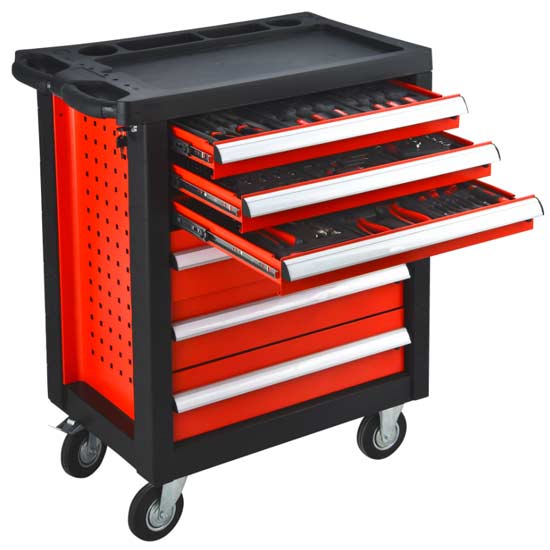 Steel Tool Cabinet
Steel Tool Cabinet
 Large Tool Cabinet
Large Tool Cabinet
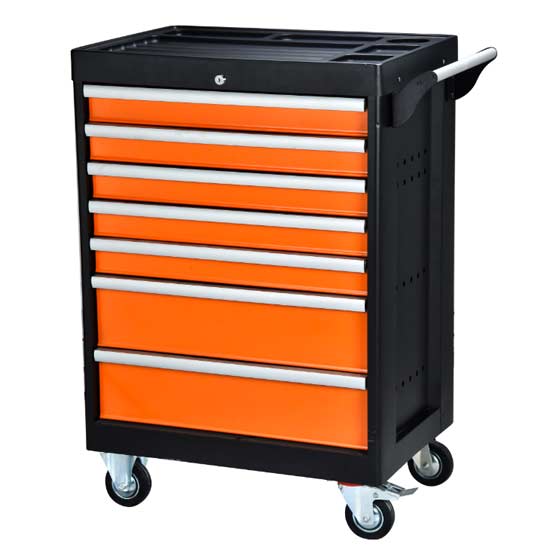 Tool Storage Cabinet
Tool Storage Cabinet
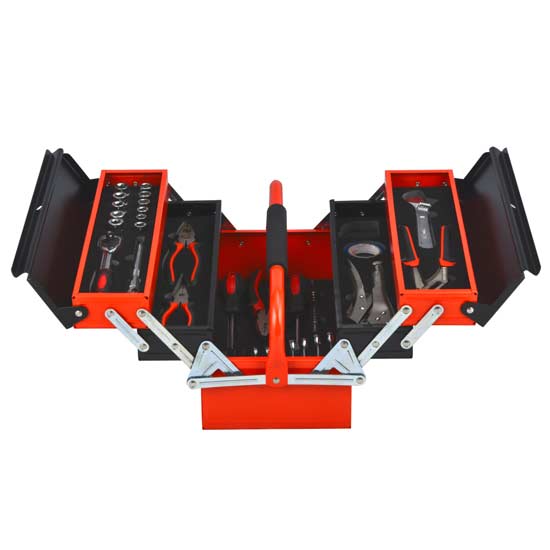 Metal Tool Box
Metal Tool Box
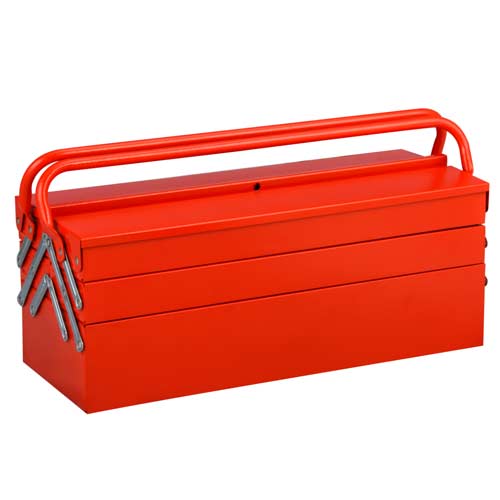 Large Metal Tool Storage Box
Large Metal Tool Storage Box
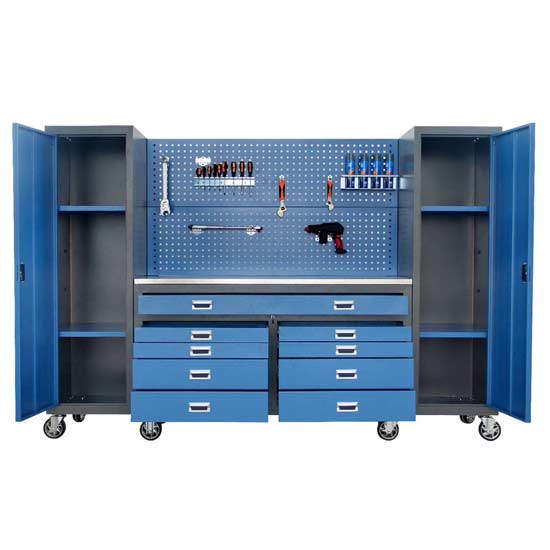 Blue Metal Tool Cabinet
Blue Metal Tool Cabinet
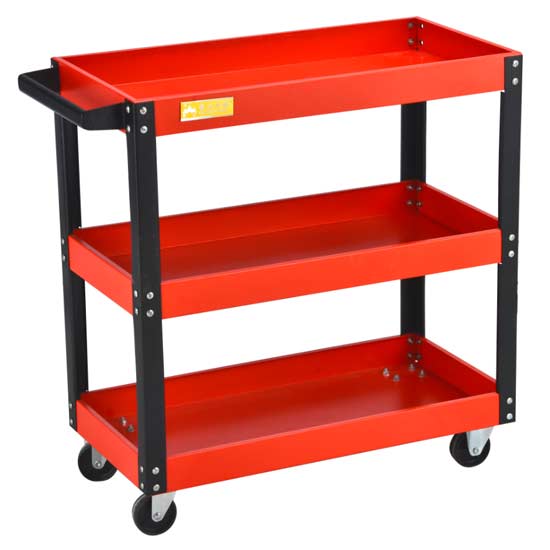 Red Steel Tool Trolley
Red Steel Tool Trolley
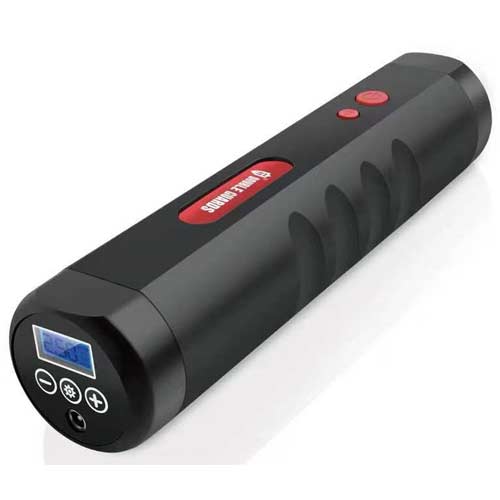 Portable Tire Inflator
Portable Tire Inflator
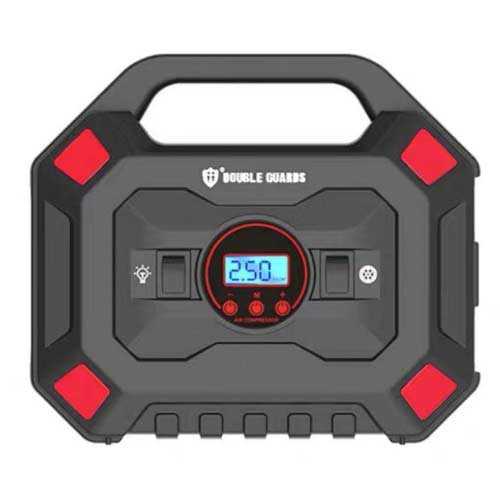 Custom Tire Inflator
Custom Tire Inflator
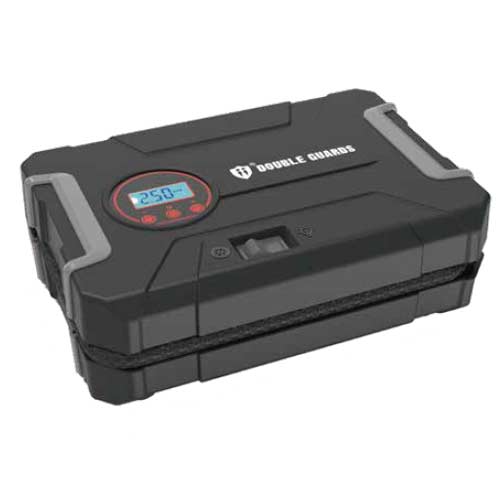 Tire Pressure Pump
Tire Pressure Pump
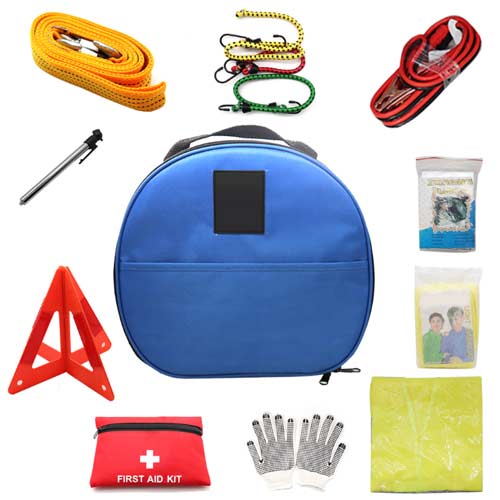 Auto Emergency kit
Auto Emergency kit